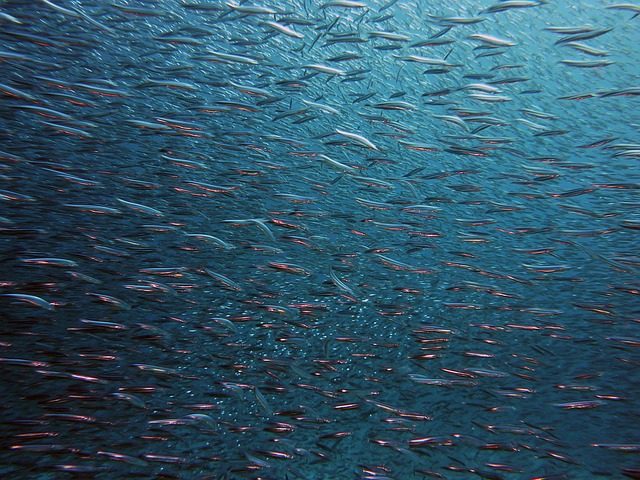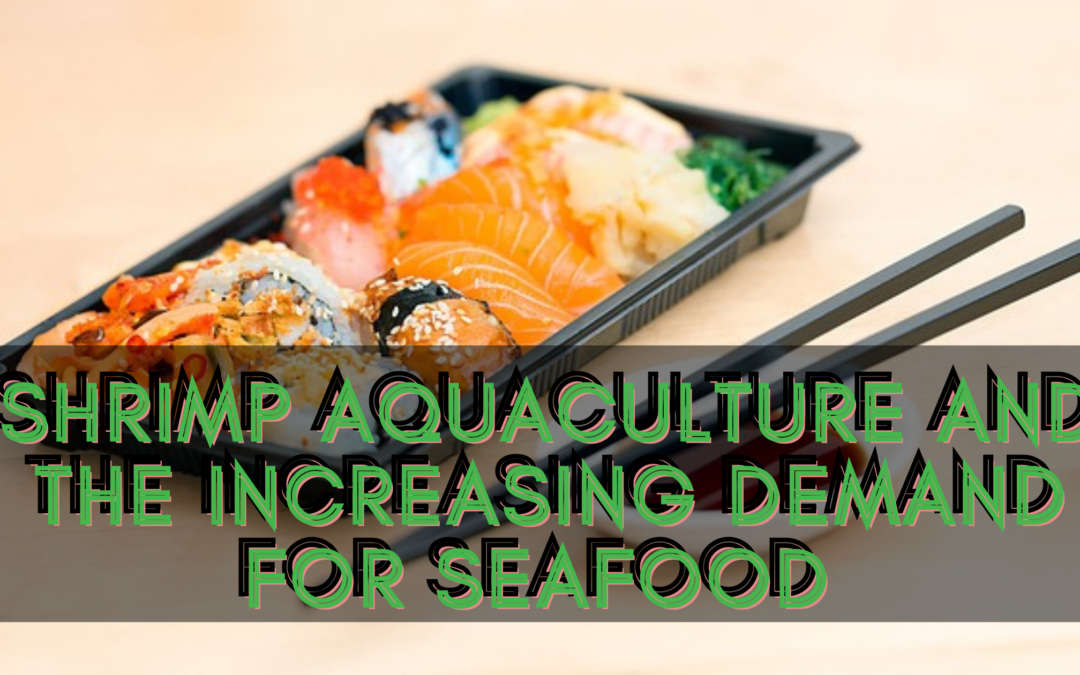Shrimp is one of the most eaten seafood in the United States as it accounts for about 25% to 30% of the total seafood that gets produced within the country. Commercial aquaculture operations have been in existence in the United States since the 1960s. Initially, ponds were limited to areas such as the Southern States where it was hot and with plenty of salt water. Aquaculture was undertaken in ponds, however, and a shift in shrimp production continues to take place as the industry makes significant technological leaps.
Shrimp aquaculture is considered complex. However, when you get the basics right, you will be able to keep the farm productive and free of diseases and make it a profitable business if managed well. Fresh water shrimp farming is gradually becoming popular with many farmers adopting the practice. When getting started, basic training is necessary as that is the only way of gaining insight on some of the emerging technologies that you can adopt. When getting started with shrimp farming, there are a number of practices that should be undertaken on a daily basis.

Estimated Increase in Aquaculture Production
Aquaculture is becoming an increasingly important venture on a global scale. As the demand for seafood increases, wild fisheries are getting depleted. A report by Food and Agriculture Organization of the United Nations (FAO) estimates that about 80% of world fisheries are overexploited. The demand for seafood continues to rise in developed countries as many consumers are becoming health conscious and looking more for low-fat protein sources.
Developing countries on the other hand are increasing production of seafood as a way of creating jobs and increasing foreign exchange. The United State alone imports about 731 million pounds, or 815,000 tons, of shrimp annually. Such trends are expected to continue with aquaculture facing the world’s increasing demand for animal protein. Shrimp aquaculture contributes to food security, as it’s not only a source of food but also a source of revenue and employment for local communities.
Impact of Shrimp Aquaculture on the environment
A majority of shrimp farms are located within coastal areas near mangroves and tidal flats which to a great extent have served as sinks for fresh water runoff. These farms tend to obstruct runoffs and to an extent increase the potential of damages from natural hazards. The large requirement for water by shrimp farms also has the potential to affect the hydrodynamic patterns, provoking soil erosion and sedimentation processes, and thereby impacting coastal ecosystems, such as estuaries.
Another impact is that some of the canals or ponds are poorly located and can have negative impacts on the environment. Shrimp aquaculture is not the only activity impacting the coastal areas, other factors such as extensive agriculture, urbanization, and tourism contribute to the degradation of coastal ecosystems.
Find insight on better ways of practicing shrimp aquaculture. Visit our EAT Community for more information on how you can make some money making the planet better!



